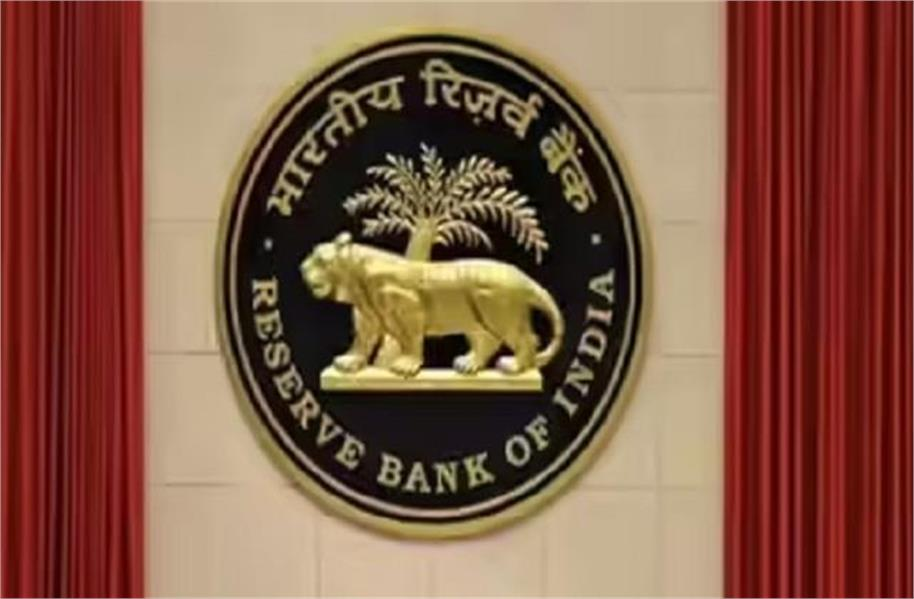The rapid adoption of digital transactions in India is not only transforming payment habits but also visibly impacting the condition of physical currency. According to the Reserve Bank of India’s (RBI) latest report, the number of soiled and damaged notes withdrawn from circulation has dropped sharply. Between April and July 2025, around 5.96 billion notes were taken out of use, compared to 8.43 billion notes in the same period last year — reflecting a 41% decline.
Digital Revolution Driving the Change
The RBI highlights that the expansion of UPI and other digital payment platforms has fundamentally changed how Indians transact. Mobile wallets, QR codes, and online banking have significantly reduced the reliance on cash. This, along with rising public awareness about handling banknotes responsibly, has led to a noticeable decline in damaged notes being returned to banks.
Decline in Damaged Notes
Not long ago, it was common to find notes scribbled on, folded, or excessively worn out, making them prone to tearing and unfit for circulation. Replacing these damaged notes required substantial effort and costs for the central bank. But with digital payments becoming mainstream, the pressure on physical cash has eased considerably.
Which Denominations Were Most Withdrawn?
A closer look at the data shows a clear drop across all denominations:
-
April–July 2024: The maximum withdrawals were ₹500 notes (3.10 billion), followed by ₹100 notes (2.27 billion), ₹200 notes (856 million), and ₹50 notes (700 million).
-
April–July 2025: Withdrawals fell to ₹500 notes (1.81 billion), ₹100 notes (1.07 billion), ₹200 notes (562 million), and ₹50 notes (650 million).
This comparison underscores how digital transactions and reduced cash dependence have cut down the return of old and soiled notes across denominations.
Why the Decline?
Experts point to four major reasons:
-
Surging digital adoption – from small retail purchases to high-value transactions, UPI, debit/credit cards, and net banking are increasingly preferred.
-
Public awareness – campaigns by banks and the government have encouraged citizens to avoid scribbling on or mishandling currency notes.
-
RBI vigilance – banks are directed to promptly withdraw soiled notes, ensuring cleaner currency in circulation.
-
Changing lifestyle trends – particularly in urban areas, people now carry less cash, relying more on digital wallets and online payments.
A Cleaner Future for Indian Currency
The RBI’s findings reflect a significant shift in consumer behavior, where digital convenience is reducing the wear and tear of cash notes. As India continues its push toward a less-cash economy, this trend is expected to further ease the cost and logistical burden of replacing damaged currency.


